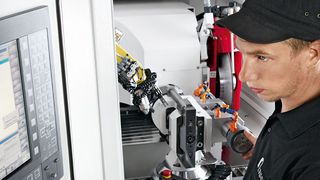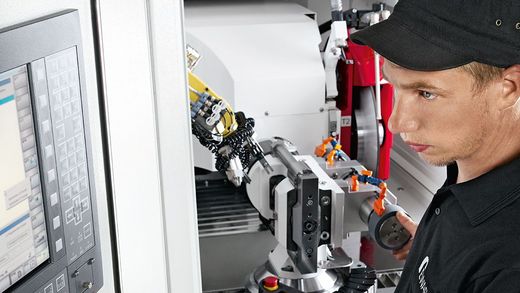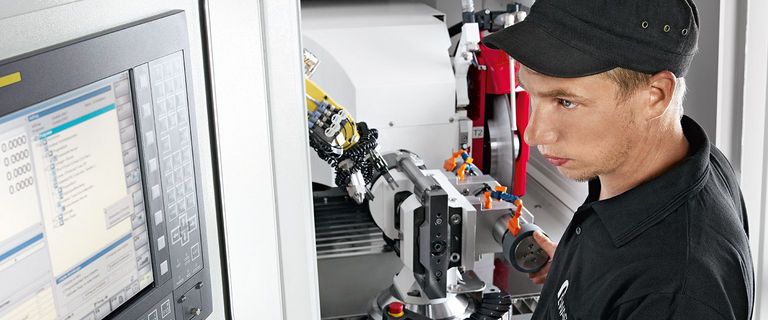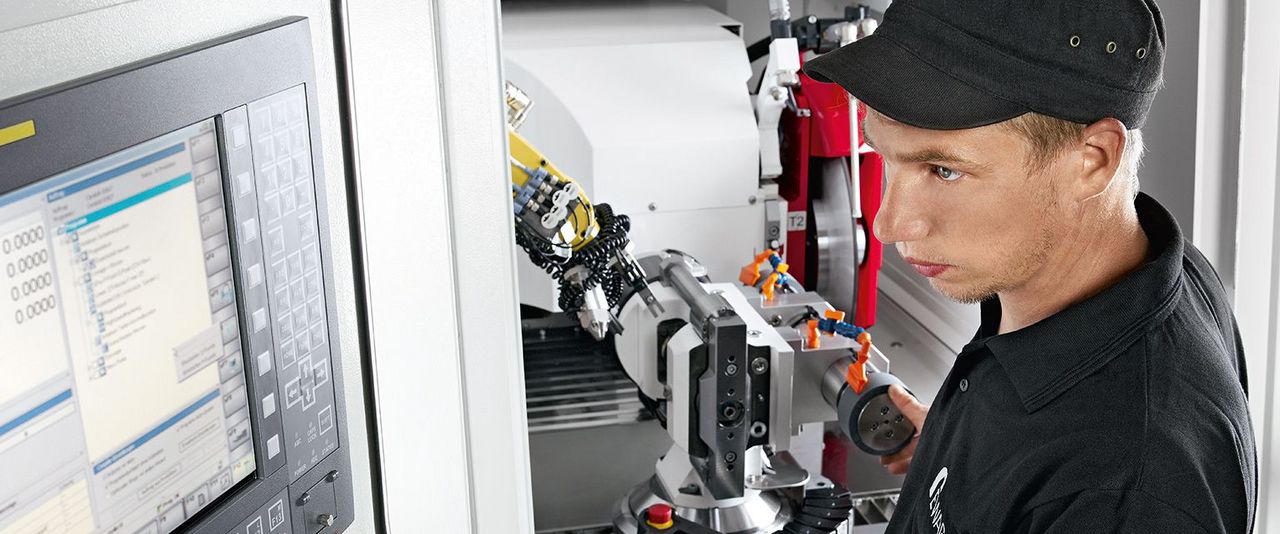What Preventative Maintenance of Grinding Machines Can Accomplish
How often have you heard this: "We lost more from the downtime of the machine than we would have paid in repairs." Or this one: "Do whatever you need to do to get the machine up and running."
According to IndustryWeek, system failures cause 42 percent of all unplanned downtime, exceeding all other factors, including inventory issues, lack of qualified personnel and human error.
Nevertheless, very few system failures occur without warning. Therefore, tracking a machine's operating hours and productivity can lead to proactive repairs and maintenance that reduce costly repairs and extend the life of the machine. Cost savings from a preventive maintenance plan have been estimated at 12-18 percent compared to reliance on reactive repairs.
The value of preventive maintenance can be defined as follows: It is a continuous service that helps improve uptime, efficiency and quality.
The Benefits of Preventive Maintenance
The true value of preventive maintenance lies in the planning. Preventive maintenance not only provides insight of the current condition of the equipment, but also what needs to be repaired, replaced or upgraded in the near future.
A specific example of the value of preventive maintenance: One of UNITED GRINDING's customers experienced increasing downtime due to machine problems, totaling 156 hours in 2016 and 72 hours in 2017. The customer agreed to a three-year preventative maintenance plan: Downtimes decreased to 22 hours in 2018, none in 2019 and eight in the first five months of 2020.
Preventive maintenance is an inspection that covers parts and processes – a thorough quality control that ensures uptime and efficiency and extends the life of the machine.
Take Advantage of the Opportunity to Perform Preventative Maintenance
While manufacturing companies have broadly experienced a decline in demand as a result of the COVID-19 pandemic, many are nevertheless expecting orders to increase according to a recent survey by Gardner Business Media . There may not be a better time window for maintenance of your grinding machines.
For this reason, preventive maintenance appointments can also be planned to coincide with other work, e.g. with the calibration required to meet the annual certification requirements for WALTER measuring machines.
Service Expertise: A Key Factor
Many companies are already monitoring the use of grinding machines today. But there are also those who choose to run the machine until it fails – for example, because they cannot afford a day of machine downtime. This approach inherently leads to more expensive repairs. After all, it is not unusual for a repair to take four to six weeks to complete before spare parts and service technicians become available.
In the case of a large machine park, it may make sense to have your own maintenance department. Many manufacturers cite the cost as an obstacle to preventive maintenance, especially when they underestimate the expertise required by the technicians and falsely compare the cost of these services with what they can do internally.
An internal maintenance technician can certainly perform many of the steps – like changing fluids, inspection of parts and adjustment of settings. But they might not recognize the warning signs, such as a slightly louder than usual fan, which could indicate wear in a part essential to keeping a 15,000-dollar electronic control unit from burning out.
Preventive maintenance also involves an element of safety: experienced service technicians can identify electrical problems that could potentially endanger people or the machine.
Longer Uptime, More Efficiency, Higher Quality Thanks to Preventive Maintenance
UNITED GRINDING recommends preventive maintenance of the machines every 2,080 operating hours; this corresponds to one 8-hour shift per day, 5 days a week over a year. If the grinding machine is used in two shifts per day, the recommended maintenance schedule then applies once every six months.
Each preventive maintenance visit starts with the service technician checking geometry and alignment, which in most cases leads to a reduction in future scrap and helps to maintain a higher quality in production. It also involves monitoring of operating temperatures and vibrations, all of which have distinctive tolerances, that help to minimize wear on components and machine parts. A standard preventive maintenance visit usually includes:
- A minimum of eight hours on a machine
- Detailed checklist with up to 90 inspection points, which varies from machine to machine and includes parts, electrical components and safety devices
- Explanations of what has been repaired
- Recommendations for repair work
The true value of preventive maintenance commitments lies in the partnership – service technicians dedicated to extending the life of machines and a user who strives to get the most out of them.
Reduce costly downtime by scheduling an appointment with UNITED GRINDING service experts .









